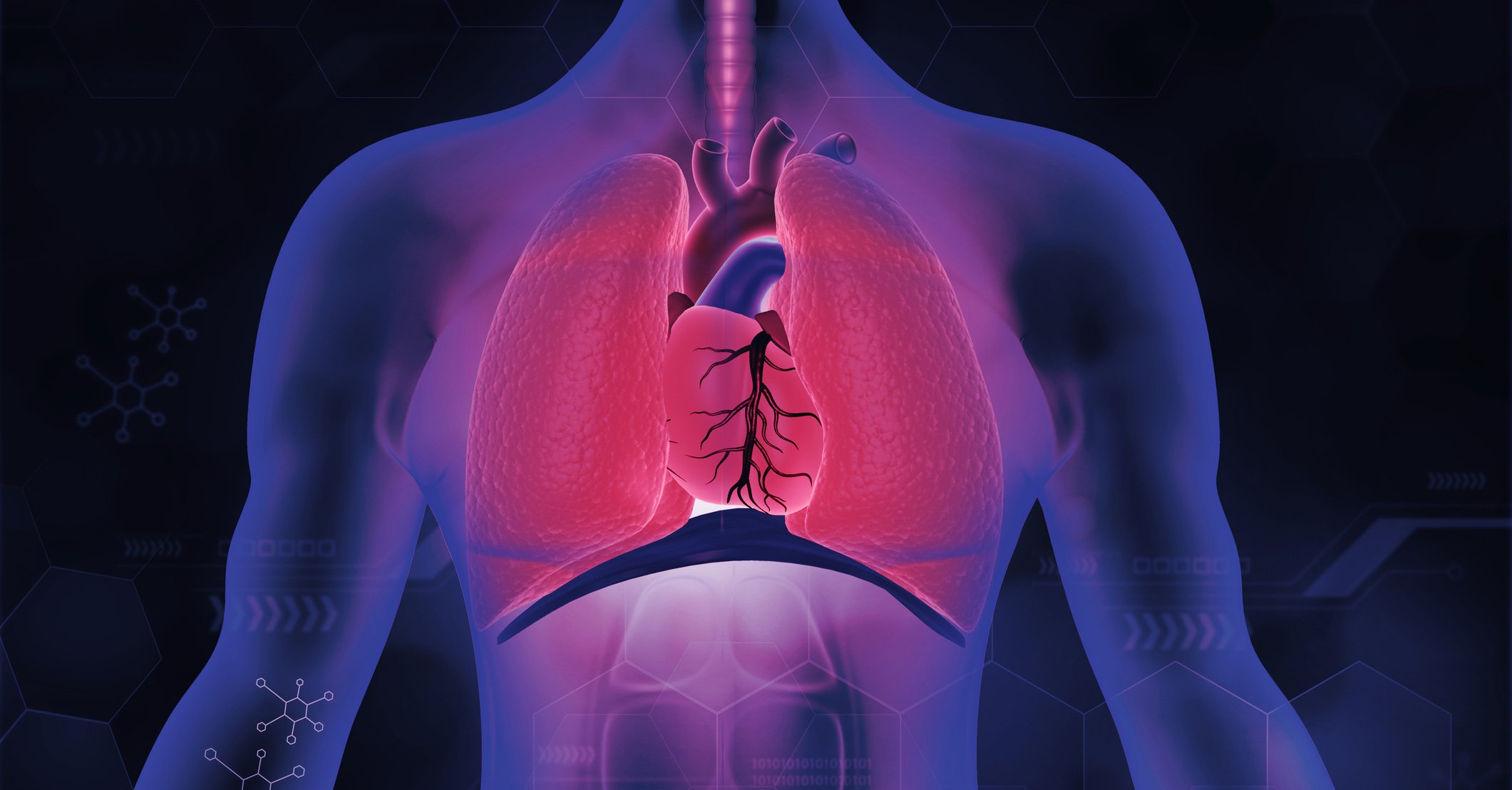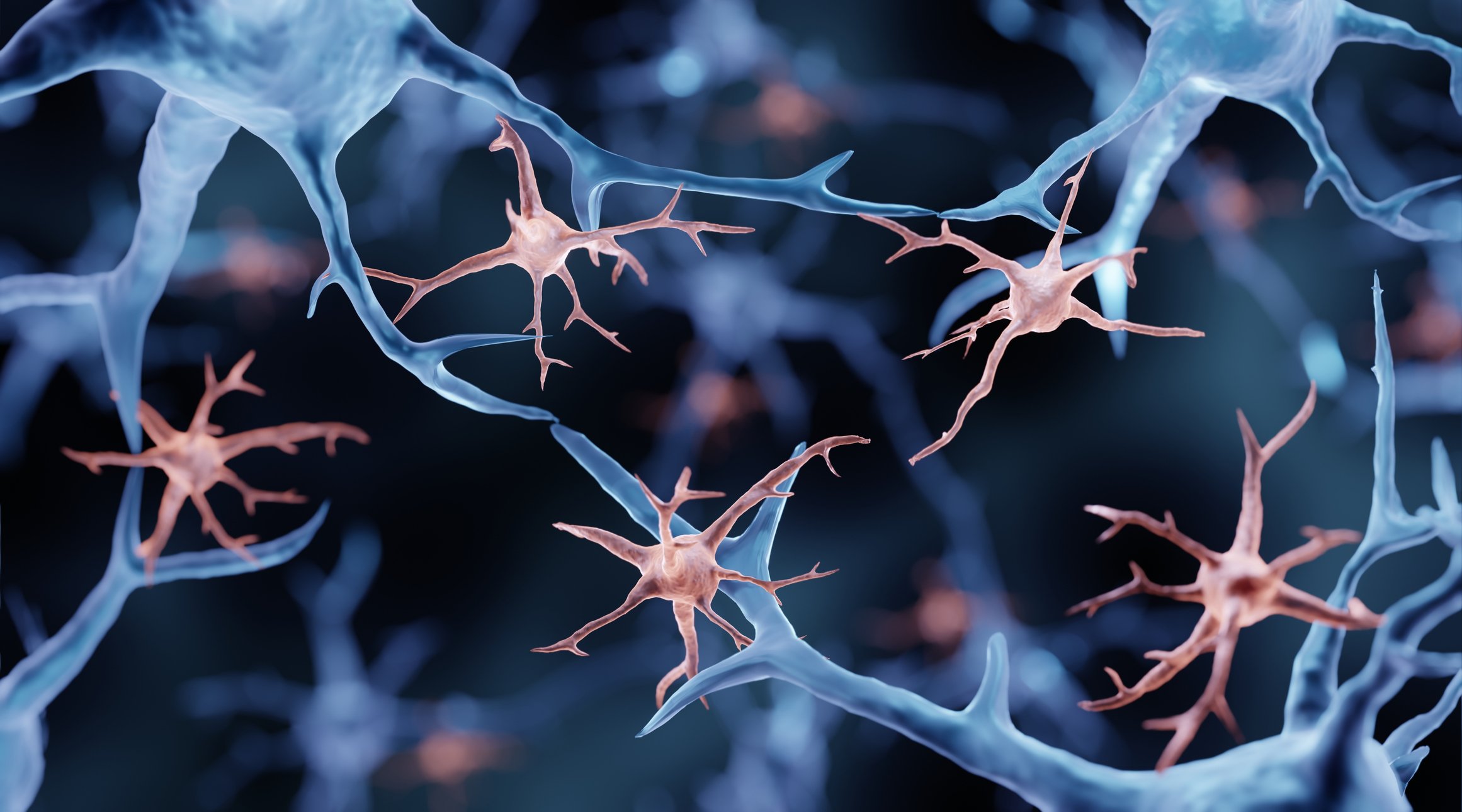Manifest thyroid dysfunction is considered an established risk factor for severe cardiovascular disease. In contrast, the situation remained unclear for mild dysfunction. A systematic analysis of 32 studies with 1.3 million participants now brings clarity: even slight deviations in thyroid function can increase the risk of serious cardiovascular disease.
Thyroid hormones are important regulators of growth, differentiation, and integrative energy homeostasis. They orchestrate the trade-off between the often conflicting demands of energy and substrate supply, ontogeny, thermoregulation, and fight-and-flight responses. As slow mediators of allostatic load, they represent the fourth level of stress response after the sensorimotor and autonomic nervous systems, the release of catecholamines, and the secretion of glucocorticoids. It is therefore not surprising that their role as switchers between anabolic and catabolic functions also involves the cardiovascular system.
Risk factors for diseases of the cardiovascular system
A total of 32 publications were identified that examined a possible association between minimal abnormalities in thyroid function and major cardiovascular end points. Several studies with large sample sizes found that decreased and/or increased TSH concentration predicted cardiovascular mortality, all-cause mortality, or composite MACE# end points. Two studies even described a positive correlation between TSH* concentration within the reference range and cardiovascular events. However, several studies, even with large samples, did not find an association between TSH concentration and key endpoints. Meta-analyses revealed a negative association between TSH concentration and hazard ratios for cardiovascular events, but no clear association with MACE.
* TSH = Thyroid Stimulating Hormone
# MACE = major adverse cardiovascular events
The situation was clearer for free thyroxine concentration (FT4). Six studies with a large cumulative sample size found a significant positive association between FT4 and cardiovascular events, including composite end points, mortality, and appropriate implantable cardioverter defibrillators (ICDs). In two studies, this relationship was also present when FT4 concentration was restricted to the reference interval. Only one study associated both decreased and increased FT4 concentrations with cardiovascular events, this included subjects receiving levothyroxine replacement therapy, and therefore may be due to slightly different pathophysiological mechanisms. Meta-analysis found a positive association between FT4 and MACE and a tendency toward cardiovascular disease.
The disparity between these results, with a strong monotonic predictive model for FT4 but a much less clear association of TSH to the major end points, may be attributed to several causes. One of them could be the considerable heterogeneity of the results in the included studies, so that less powerful random-effects models had to be preferred to fixed-effects models, especially for the association of TSH concentration with MACE. Another explanation could be a U-shaped relationship between TSH concentration and risk of cardiovascular events. This form of nonlinear interaction was found in four studies in which both decreased and increased TSH predicted mortality. Studies with negative results may have missed this complex association because of the use of oversimplified statistical models. However, it is supported by the meta-analyses showing that both subclinical hypothyroidism and hyperthyroidism predict cardiovascular mortality.
Two different patterns
Clinical evidence suggests a monotonic and unequivocal relationship between FT4 concentration and cardiac arrhythmias, which seems to be one of the most important mediators of cardiovascular end points. The relationship between TSH levels and cardiac arrhythmias, mortality, and other outcomes is less clear and is best explained by a U-shaped association that may reflect the overlap of two different scenarios: a dyshomeostatic type of thyrogenic arrhythmia secondary to primary thyrotoxicosis and an allostatic response with an increased feedback loop set point.
Personalized prevention and treatment
The new understanding of the dual etiology of the thyrocardiac junction has important therapeutic implications. First, the threshold for treatment of thyrotoxicosis could be adjusted in the future to include subclinical hyperthyroidism (SH). This decision may be supported by the results of a meta-analysis showing a 24% increased risk of all-cause mortality in SH. However, the potential beneficial effects of more intensive correction of low-grade thyrotoxicosis must be weighed against the risks of treatment with thyrostatic agents and definitive therapy. The European Thyroid Association recommends treatment of SH in individuals 65 years of age and older and in younger individuals with concomitant cardiovascular disease.
The situation is less complicated in the treatment of hypothyroidism. Here, it may prove advantageous for levothyroxine dose titration algorithms to approach the target from below and prevent the concentration of free T4 from entering the zone of the highest quartile of the reference range. This consideration also applies to secondary prevention of differentiated thyroid cancer (DTC). Accordingly, cardiovascular concerns were also addressed in recent guidelines when the previous recommendation of universal TSH suppression in low- and intermediate-risk DTC was removed.
Source: Müller P, et al: Minor perturbations of thyroid homeostasis and major cardiovascular endpoints-Physiological mechanisms and clinical evidence. Front Cardiovasc Med 2022; doi: 10.3389/fcvm.2022.942971.
CARDIOVASC 2022; 21(4): 38












